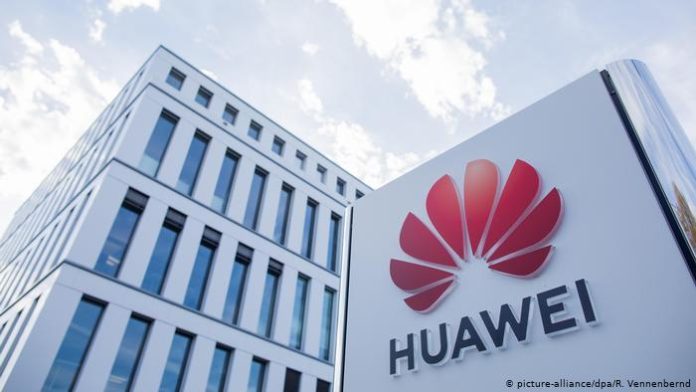
Huawei Technologies reported its first quarterly sales rise since the end of 2020, as the Chinese telecommunications gear giant fights the US blacklisting that hammered its smartphone business.
Revenue ticked up by 1% to C¥170.6-billion (R410-billion) in the three months ended in June, according to calculations based on the company’s first-half revenues of C¥301.6-billion. It is the company’s first sales growth since the last quarter of 2020, when US sanctions heavily limited Huawei’s global business.
“While our device business was heavily impacted, our ICT infrastructure business maintained steady growth,” Huawei’s rotating chairman Ken Hu said in a statement. “Moving forward, we will harness trends in digitalisation and decarbonisation to keep creating value for our customers and partners and secure quality development.”
Quarterly net income declined 35% to C¥9.48-billion, based on Huawei’s disclosure of a 5% six-month net profit margin. Net income fell mainly because of the high initial costs to pursue new business areas and develop new technologies, according to a spokesman at the company.
Also read: Huawei, MTN to help build 5G-powered ‘smart mine’
A series of Donald Trump-era bans cut Huawei off from its US partners and other key chip suppliers such as Taiwan’s TSMC, driving it out of the running to be the world’s top smartphone maker. Sales of telecoms equipment, including the latest wireless base stations, stood at C¥142.7-billion — roughly half of the company’s revenue — in the first six months of the year. The Chinese firm is also exploring the electric car, solar farm and smart-city sectors.
The US is tightening restrictions on China’s access to advanced semiconductor technologies, including chip-making machines from Dutch supplier ASML. Such moves signal further roadblocks ahead for Huawei in its pursuit of cutting-edge technologies.










